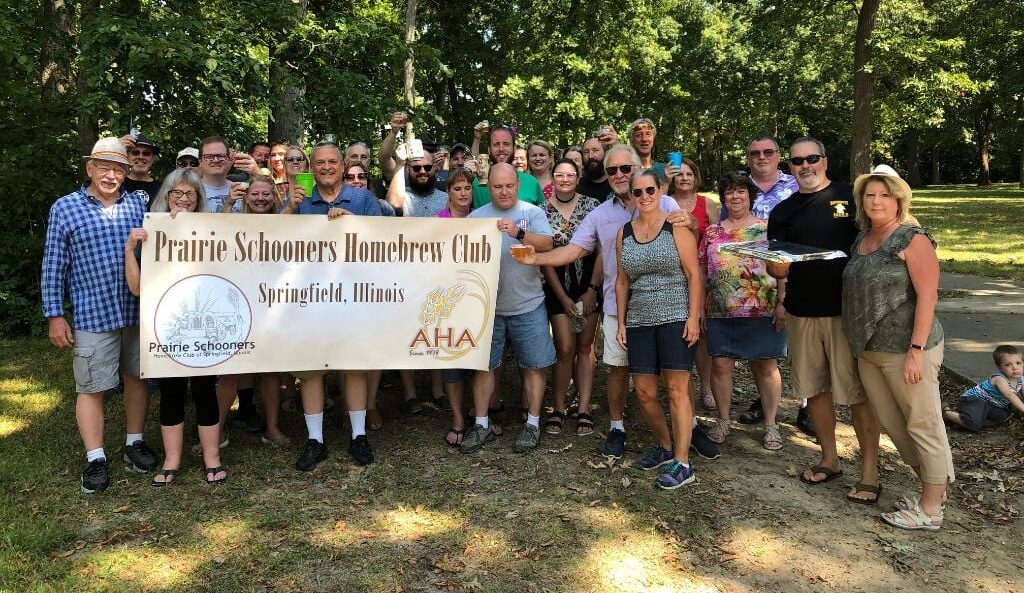
Springfield, Illinois homebrewing club for entheusiasts of homebrewing beer, mead, cider, wine and more. Join
Upcoming club events are posted to the Facebook group and this site. Events schedules are updated as early as possible.
The Prairie Schooners Homebrew Club is for home brewing enthusiasts in-and-around Springfield, Illinois, founded circa 1992; resurrected 2009. We meet on the second Wednesday of each month to discuss and share home brew. Topics such as recent brewery visits, new brewing gear, local brewery news, and brewing methods are discussed. Quarterly social gatherings are also held at local breweries as well as gathering for brewing related topics to help improve your beer/cider/mead/wine.
In addition to the monthly meetings other benefits of membership include:
To become a Prairie Schooners member and enjoy all the benefits please visit the next club meeting and ask any member how to pay your dues and become a member. If you want, you can also choose to become a member right now. Just signup with either a monthly or annual membership. If you are not on Facebook, or don’t use Facebook very often, you can choose to keep up with some of the club events and discussions and subscribe to our monthly newsletter. If you just want to support local homebrewing activities you can also just donate to our group. Any amount is appreciated. We would prefer that you come out and meet us, but understand that not everyone is interested in these types of social activities.